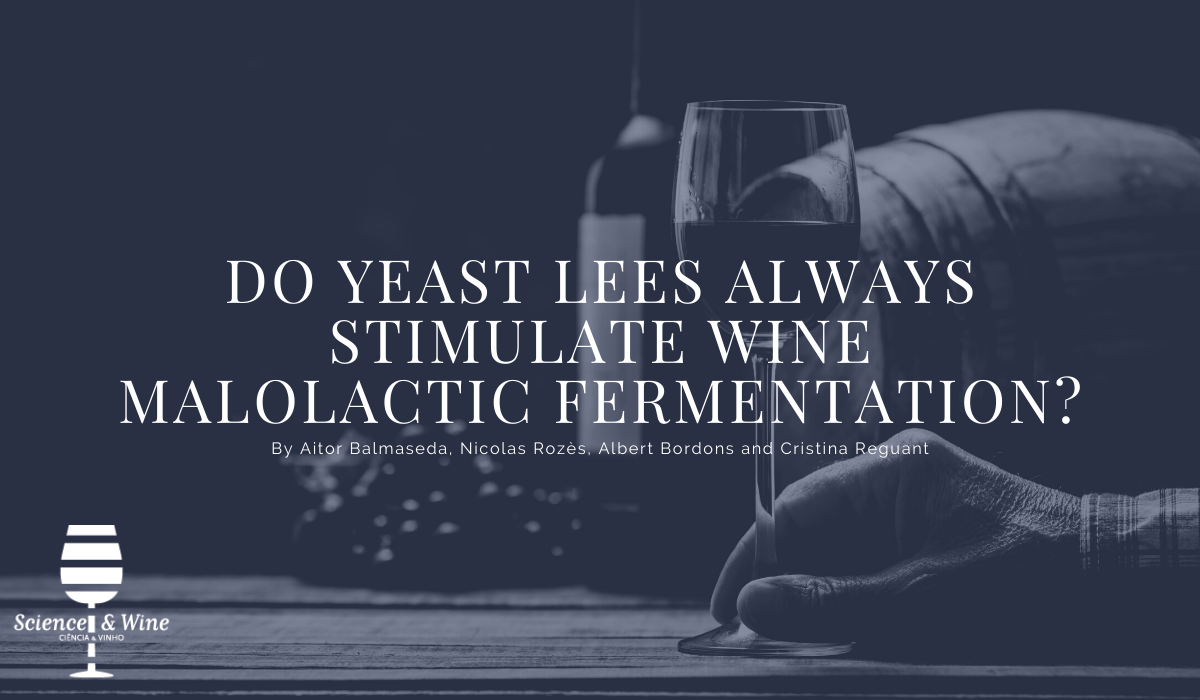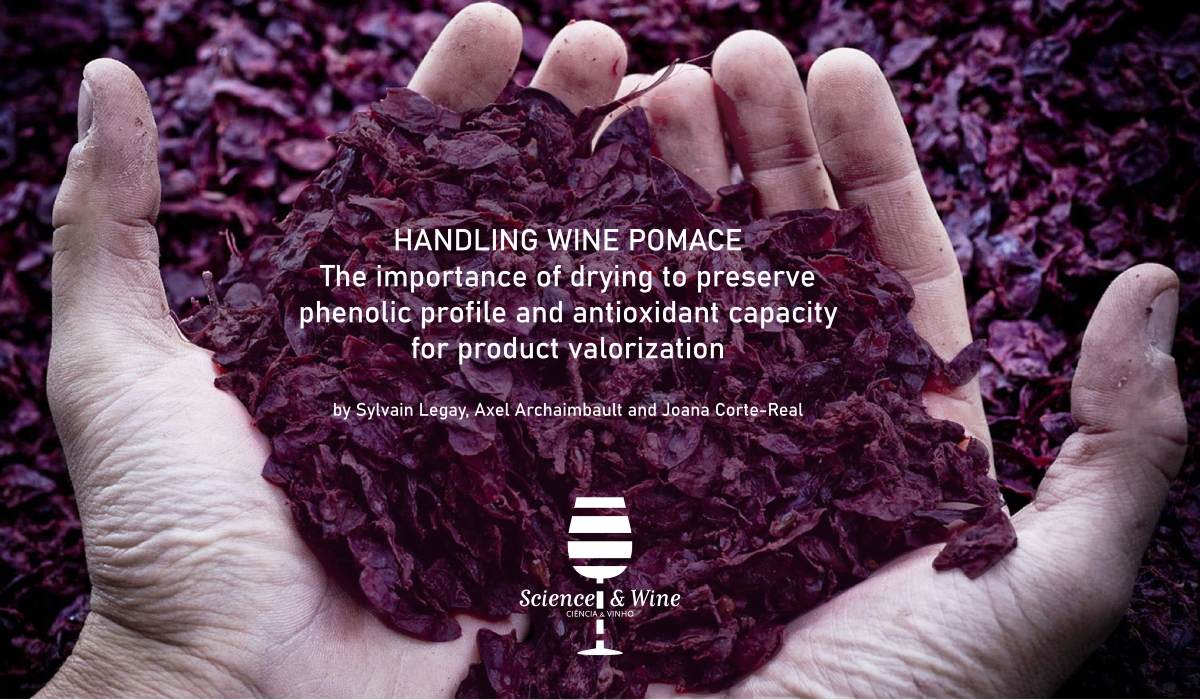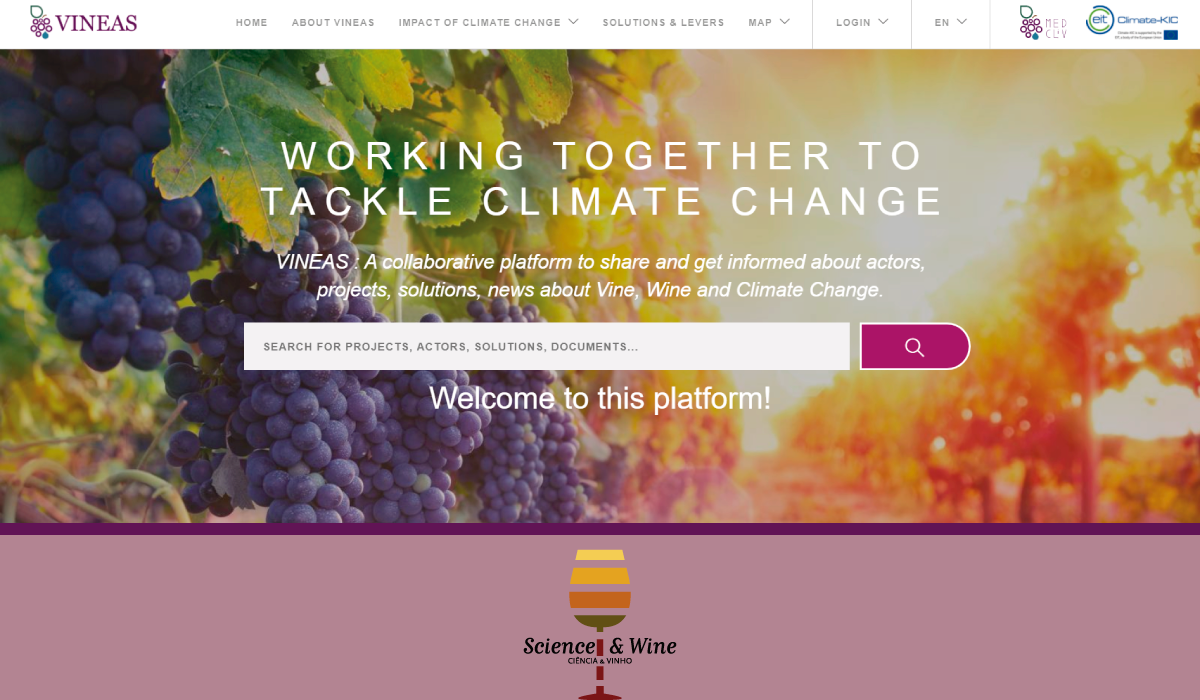Oral tribology receives growing attention in the field of food sciences as it offers great opportunities to establish correlations between physical parameters, such as the coefficient of friction, and sensory effects when interacting with components of the human mouth. One important aspect covers the astringency produced by wine, which can be described as the sensation of dryness and puckering in the mouth, specifically occurring between the tongue and the palate after swallowing. Therefore, this post reports the resulst of a study which aims at shedding some light on recent trends to correlate physical measures, such as the coefficient of friction derived by oral tribology, with prevailing theories on underlying physiological causes for sensory perception of wines. Some successful cases reported the potential of correlating wine astringency perception with the coefficient of friction in tribological experiments. Our critical assessment demonstrates that the findings are still contradictory, which urgently asks for more systematic studies. Therefore, the authors summarize the current challenges and hypothesize on future research directions with a particular emphasis on the comparability, reproducibility and transferability of studies using different experimental test-rigs and procedures.

Wine packaging and its impact on flavor
This is a post that summarizes a review of the most commonly available wine packaging categories. This includes glass bottles, polyethylene terephthalate bottles, bag-in-box, aluminum cans, and Tetra Pak. While glass is still the dominant packaging material within the wine industry and by consumer demand, economic and environmental concerns are driving the industry and consumers to investigate and adopt alternative packaging materials.

How to convert a waste into a high added value product using green extraction technologies?
Food processing has been gradually adopting the use of clean technologies that aim to minimize the generation of by-products. The use of winemaking by-products for the extraction of phenolic compounds is still incipient due to the lack of fast and efficient techniques. Thus, the aim of the study summarized in this post was to use the Microwave Hydrodiffusion and Gravity (MHG) technique to extract phenolic compounds from a winemaking by-product, the grape pomace (GP). The GP had significant antioxidant properties and good yields in operating conditions of 2 W/g. Hydroxybenzoic acid, procyanidins, flavan-3-ols, and one flavanol were the phenolic compounds identified. The CP maintained the physicochemical and antioxidant properties similar to the GP.

Do yeast lees always stimulate wine malolactic fermentation?
The use of non-Saccharomyces yeast together with S. cerevisiae in winemaking is a current trend. Apart from the organoleptic modulation of the wine, the composition of the resulting yeast lees is different and may thus impact malolactic fermentation (MLF). Yeasts of Saccharomyces cerevisiae, Torulaspora delbrueckii and Metschnikowia pulcherrima were inactivated and added to a synthetic wine. Three different strains of Oenococcus oeni were inoculated and MLF was monitored. This is the first study of MLF with different O. oeni strains in the presence of S. cerevisiae and non-Saccharomyces yeast lees to report a strain-specific interaction between them.

Umami in fermented beverages
In the present post authors present a summary of the results obtained in a study where for a wide range of fermented beverages in terms of their e free amino acid (FAA) composition and they provide quantitative evidence that beverages with long yeast contact may contain larger amounts of free glutamate and hence hold a greater potential for imparting umami than beverages with no or little yeast contact. To the extent that umami-synergy is a key in pairing fermented beverages and foodstuff, the results presented in the present post may be useful for practitioners in the restaurant and beverage business. For example, it may provide a quantitative basis for the claim that sake is also a good companion with shellfish and other fish and that some beers may be just as good as long-time fermented wine and champagnes in terms of umami taste pairing of food and beverages.

Total faecal proanthocyanidins as intake biomarker? A first exploration
Proanthocyanidins are a class of dietary phenolic compounds, present in foods or beverages such as berries, legumes, wine, cocoa and derived products or nuts. Due to the health benefits associated with proanthocyanidins, it is useful to identify dietary proanthocyanidin biomarkers that can be determined by simple methods. Since increased levels of circulating PA metabolites are associated with increased faecal proanthocyanidin content, this study explores the spectrophotometric measurement of faecal proanthocyanidin content and its use as a biomarker of proanthocyanidin intake.

Handling wine pomace: The importance of drying to preserve phenolic profile and antioxidant capacity for product valorization
Four different wine grape pomaces (GP) (Vitis vinifera) varieties, Auxerrois, Pinot Blanc, Gamay and Pinot Noir, and obtained from white, rosé or red wine vinification, were considered for possible valorization in food supplement industry. The results reinforce the importance of drying of GP as a pretreatment, which otherwise could result in significant product degradation. Additionally, we propose white and rosé GP as more interesting sources for valorization, with higher phenolic content, compared to red wine GP.

How much do we currently know about the relationship between grape and wine phenolics and cell wall material?
The present post summarizes a review that relates the last decade’s findings on the relationship between phenolics and polysaccharides from grapes, throughout the entire winemaking process up to evaluating the impact of their relationship on the red wine sensory perception. The combination and interconnection of the most recent research studies, from single interactions in model wines to the investigation of the formation of complex macromolecules, brings the perfect story line to relate the relationship between phenolics and polysaccharides from the vineyard to the glass. Grape pectin is highly reactive toward grape and grape derived phenolics. Differences between grape cultivars or changes during grape ripeness will affect the extractability of these compounds into the wines. Therefore, the nature of the grape components will be crucial to understand the subsequent reactions occurring between phenolics and polysaccharide of the corresponding wines. It has been demonstrated that they can form very complex macromolecules which affect wine color, stability and sensory properties.

Understanding 21st Century Bordeaux Wines from Wine Reviews Using Naïve Bayes Classifier
Although wine has been produced for several thousands of years, the ancient beverage has remained popular and even more affordable in modern times. Among all wine making regions, Bordeaux, France is probably one of the most prestigious wine areas in history. Since hundreds of wines are produced from Bordeaux each year, humans are not likely to be able to examine all wines across multiple vintages to define the characteristics of outstanding 21st century Bordeaux wines. Wineinformatics is a newly proposed data science research with an application domain in wine to process a large amount of wine data through the computer. This post summarizes the results of a study carried out with the goal of this paper is to build a high-quality computational model on wine reviews processed by the full power of the Computational Wine Wheel to understand 21st century Bordeaux wines. The model build in this research can better distinguish outstanding and class 21st century Bordeaux wines. Results provides new directions in Wineinformatics for technical research in data science, such as regression, multi-target, classification and domain specific research, including wine region terroir analysis, wine quality prediction, and weather impact examination.


